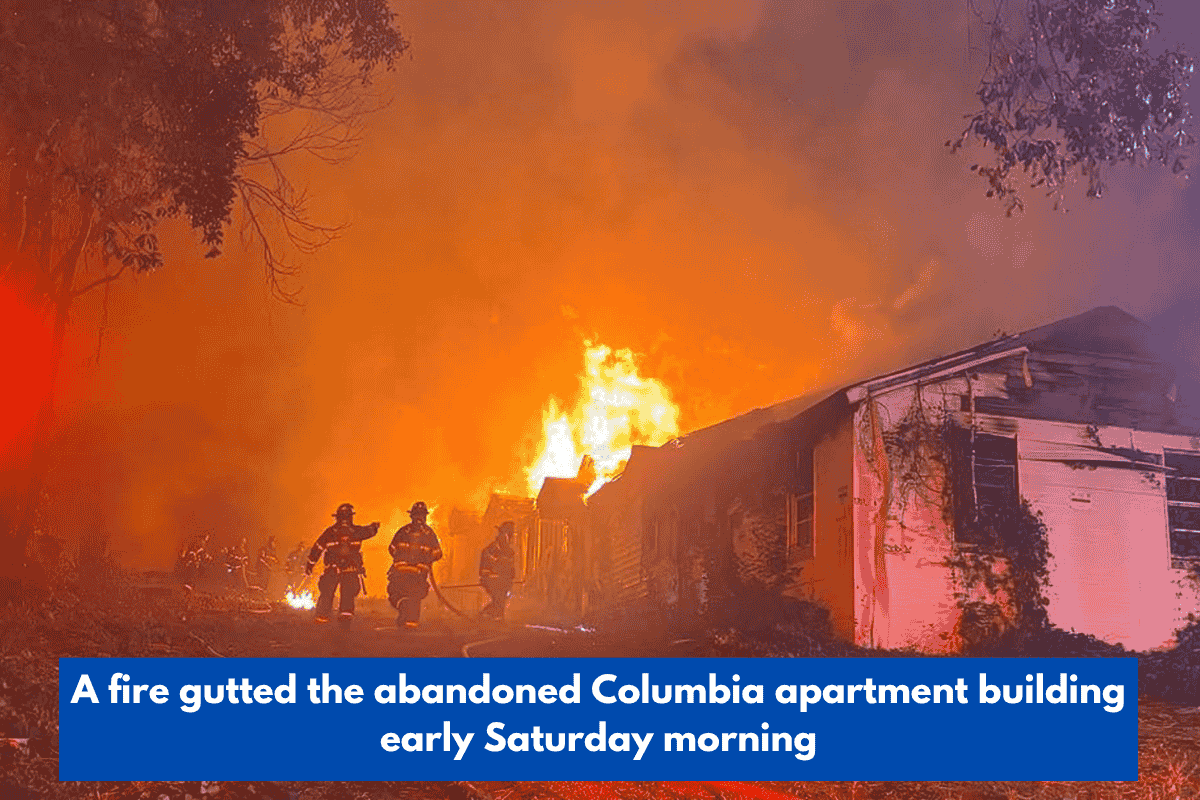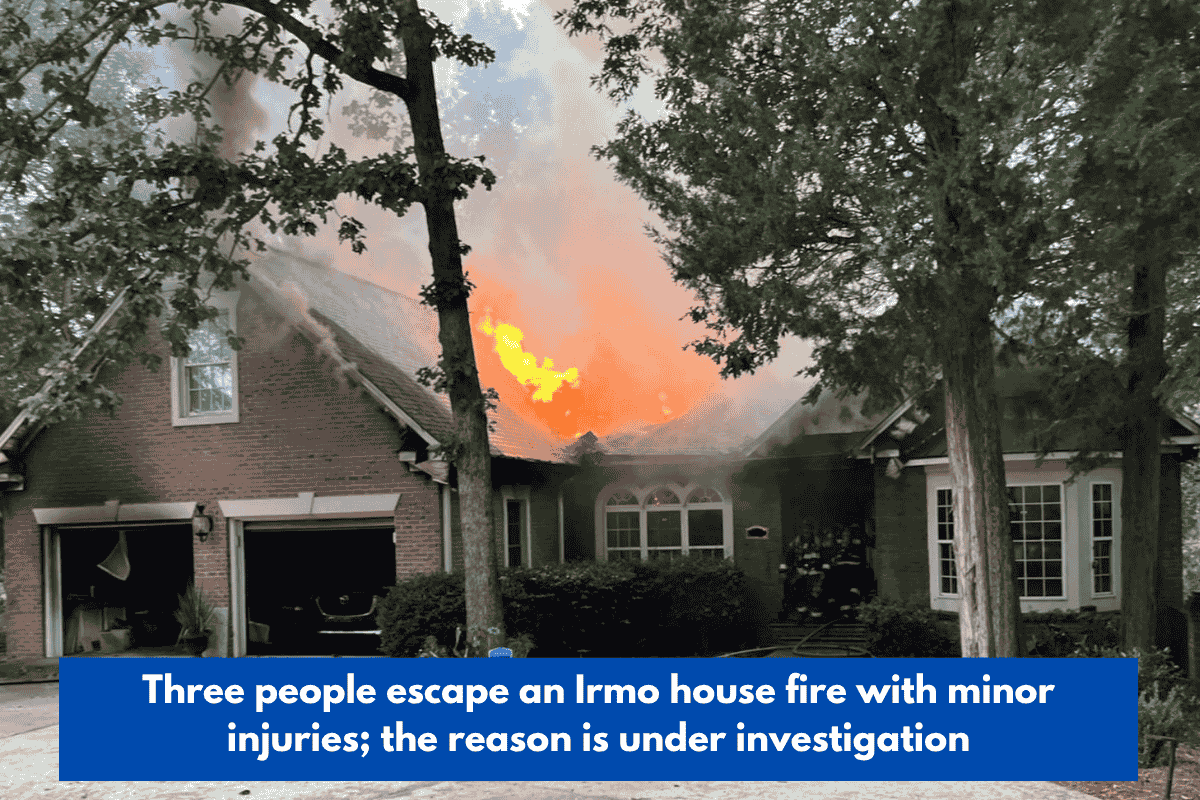President Donald Trump has unveiled plans to ramp up the enforcement of immigration laws in Democrat-run cities, including New York, Los Angeles, and Chicago, by deploying a larger wave of Immigration and Customs Enforcement (ICE) agents. This initiative is described by Trump as the “single largest Mass Deportation Program in History,” aimed at cracking down on what he calls “Illegal Aliens” residing in these cities.
In a post on Truth Social on Sunday night, Trump praised the efforts of ICE agents, commending their “incredible strength, determination, and courage.” He called for expanded efforts to detain and deport illegal immigrants in the nation’s largest urban areas, where he claims millions of undocumented individuals live. Trump’s statement also targeted the Democrat-controlled cities, accusing them of using undocumented immigrants to expand voter bases, cheat in elections, and grow the welfare state.
Focus on Democrat-Controlled Cities
Trump’s post singled out major cities like Los Angeles, Chicago, and New York, which he said have become the epicenter of Democratic power. He argued that these cities serve as strongholds for sanctuary policies that protect immigrants from deportation, leading to what he views as harm to American workers, especially in the form of lost jobs and public benefits for citizens.
“These Radical Left Democrats are sick of mind, hate our Country, and actually want to destroy our Inner Cities — And they are doing a good job of it!” Trump added, further emphasizing his belief that the sanctuary city model is contributing to the decline of urban areas.
While Republican-led states, such as Texas, were notably excluded from Trump’s post, the president’s comments on sanctuary cities imply that his focus will be on areas where immigration policies are more lenient, particularly Democrat-dominated regions.
The Impact on the Workforce and Industries
In a surprising twist, Trump acknowledged that his immigration policies have had negative consequences on key industries, particularly farming and hospitality, which rely heavily on immigrant labor. According to the Department of Agriculture, nearly half of the 850,000 crop workers in the United States are undocumented, and deporting these workers could pose a significant threat to the nation’s food supply chain.
New York, home to the largest sanctuary city in the country, also stands as a leading producer of crops and products, including staples like yogurt and cottage cheese, as reported by the New York Farm Bureau. The ongoing debate around sanctuary cities thus raises concerns about the broader implications for state economies, particularly in the agricultural sector.
ICE Raids and Expanding Reach
While Trump’s new plan focuses heavily on sanctuary cities, it’s unclear how this will impact other regions within Democrat-run states or if ICE’s focus will solely be on metropolitan areas. In recent months, ICE operations have extended beyond the fields, with agents showing up at courthouses, schools, and other public spaces, prompting fear among immigrant communities. This shift in tactics has led to significant changes in immigrant behavior, with many choosing to keep a lower profile and reduce their public interactions.
The Wall Street Journal reported that immigrant purchasing habits have shifted dramatically, with large brands seeing a significant drop in traffic, particularly from Hispanic customers. For example, companies like Home Depot have seen a 8.7% decrease in sales due to the fear instilled by these raids.
Trump’s announcement signals a major escalation in the U.S. government’s approach to immigration enforcement, with Democrat-controlled cities now the primary targets of large-scale deportation efforts. While the focus remains on sanctuary cities like New York, Chicago, and Los Angeles, the broader implications for immigrant communities and American industries remain to be seen. As ICE operations continue to expand, it’s clear that this new chapter in immigration enforcement will have lasting effects on both the workforce and the political landscape.














